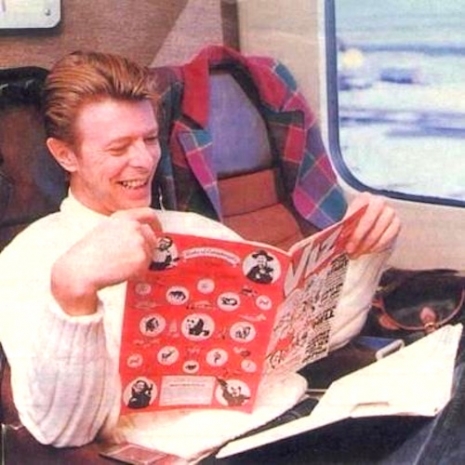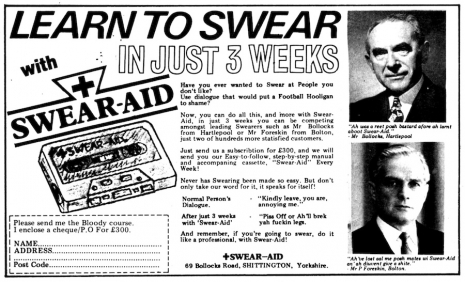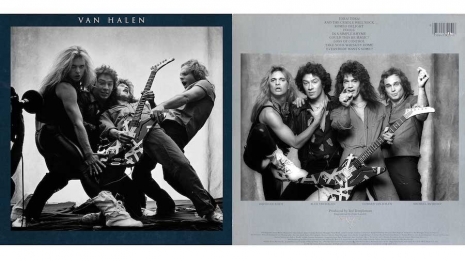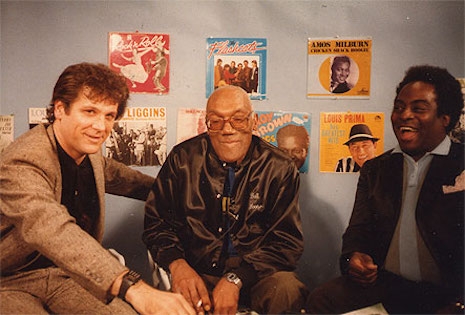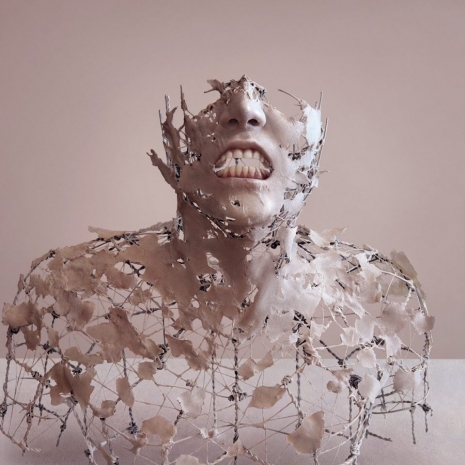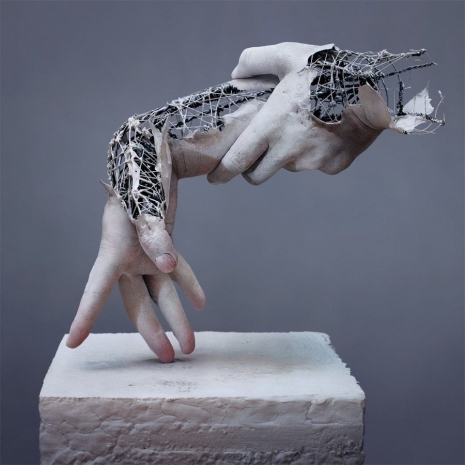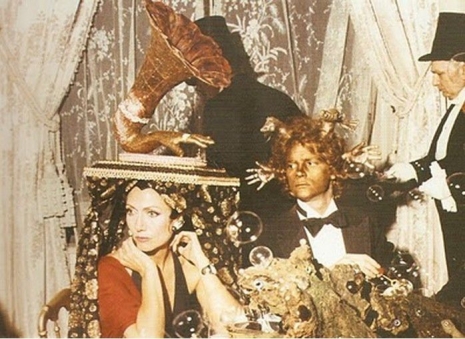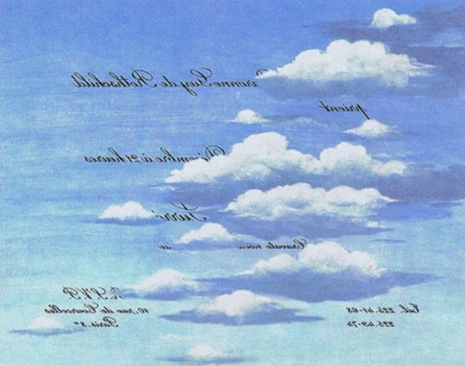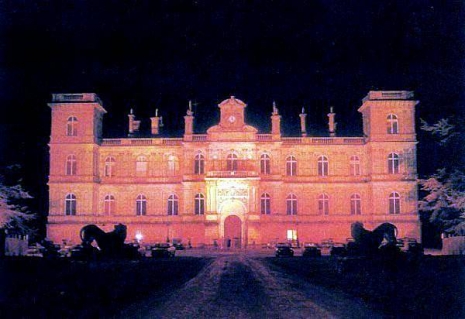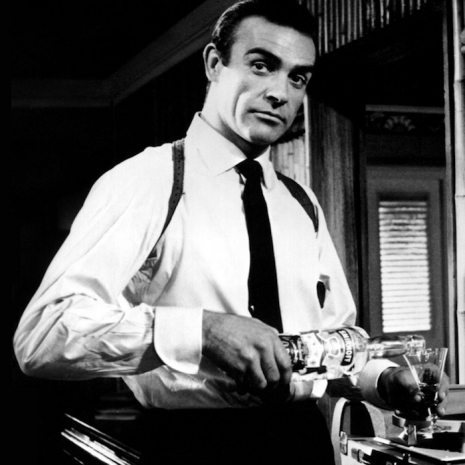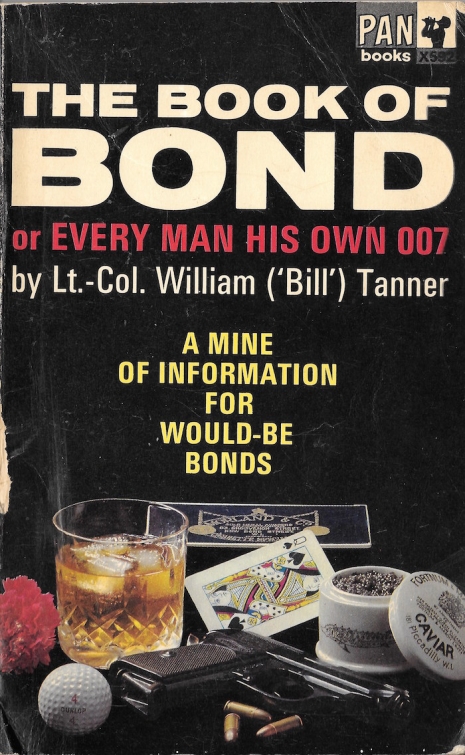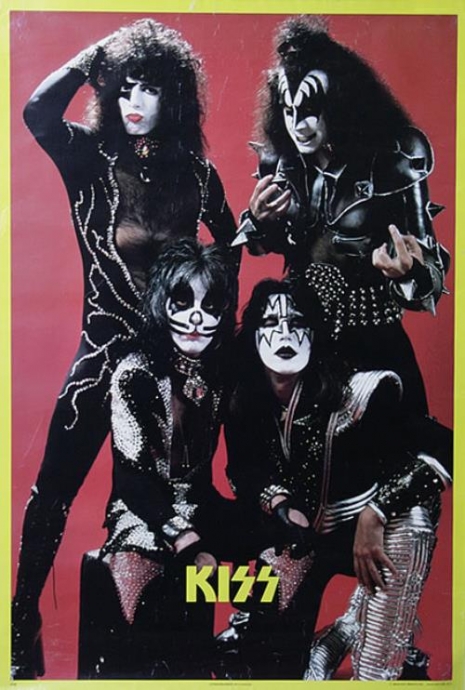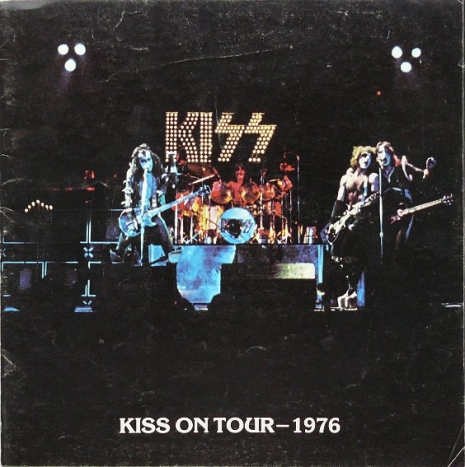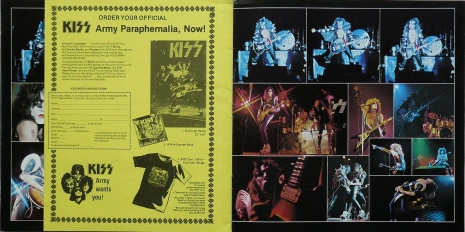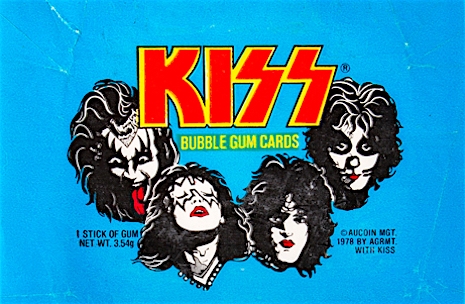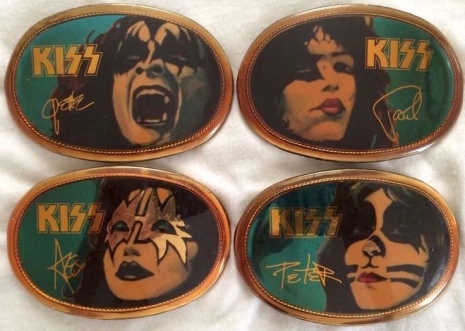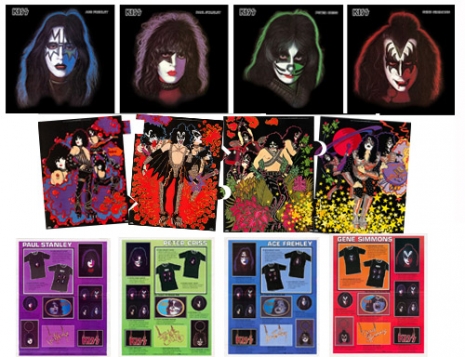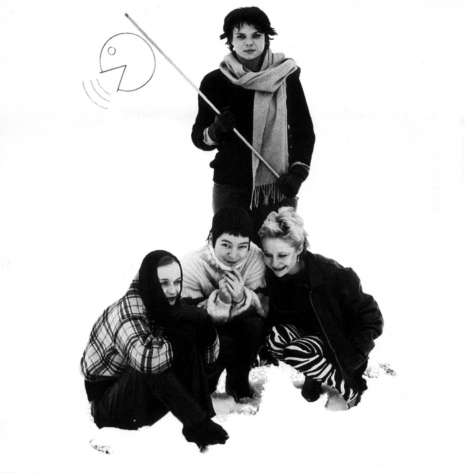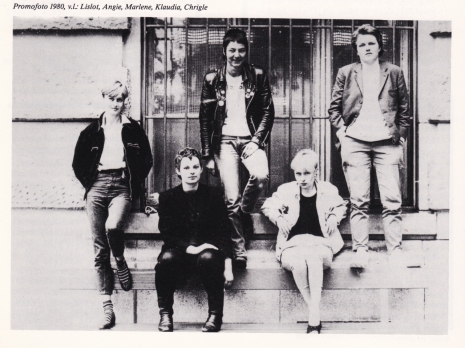
There are times when the best advice is ignored by those it’s intended to help. If only Tusko the elephant had taken the hint from Nellie and packed his trunk and waved goodbye to Oklahoma City Zoo. Then maybe dear old Tusko would have avoided his untimely and unnecessary death on August 3rd, 1962, from a massive overdose of LSD injected by two scientists, Dr. Louis Jolyon “Jolly” West and Dr. Chester M. Pierce, and Mr. Warren Thomas, head honcho at the city zoo..
I can’t help but think if Beavis and Butthead had ever by some miracle of fate graduated from high school and then somehow majored in sciences at the local community college, then they may have come up with the idea of injecting an elephant with humongous dose of LSD just to see what would happen. Not that West, Pierce, or even Clark were random knuckleheads. They were highly qualified science guys with impressive resumes who just wanted to know what would happen if a fourteen-year-old Indian elephant tripped out on acid.
LSD was the new wonder drug. Doctors, scientists, psychiatrists, and the CIA were all fascinated at the potential use of the drug in altering behavior, helping mental illness, possible brainwashing, and as a potential military weapon. What West and Pierce were keen on discovering was the drug’s use in determining the cause of episodes of temporary madness in male elephants called musth. During these phases of aggressive behavior, male elephants secreted a fluid from their temporal gland which, on occasion, could be seen oozing out of their ears. Musth caused male elephants to go on a rampage, stomp the shit outta stuff, kill people, and generally cause havoc. West and Pierce hoped a dose of LSD would provoke a psychotic reaction in Tusko which would cause musth to occur. If it did, then LSD could be used in the research of psychotic behavior in elephants and humans—as it was thought the elephant’s brain was similar, if considerably larger, to ours.
But here was the BIG problem: no one had ever given LSD to an elephant before, well, at least no one had owned up to it, and West and Pierce had no knowledge as to what dosage would provide a suitably effective hit of the drug. They consulted zoo-guy Thomas, who noted that African elephants were often resistant to drugs. It was therefore decided to roughly estimate the dose to be administered to Tusko on calculations based on the size of dose given to humans and increasing the dosage proportionally to the elephant’s size. Somehow this ended up multiplying Tusko’s dose by approximately 3,000 percent—which is the largest known dose ever given to animal.
On Friday, August 3rd 1962, West and Pierce watched as Thomas injected Tusko with 297 milligrams of LSD. Tusko quickly started tripping balls. The elephant became very distressed and lost control of his bodily movements. Tusko ran around his pen trumpeting. His mate Judy tried to comfort poor Tusko, but it was to no avail. Believing they may have injected him with waaaay too much acid, West, Pierce, and Thomas quickly administered an antipsychotic drug—-2,800 milligrams of promazine-hydrochloride. It didn’t do much. His eyes rolled back, his tongue turned blue, and the elephant showed signs of seizures.
Continues after the jump…






